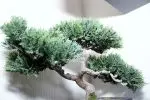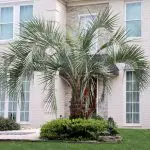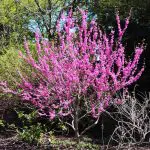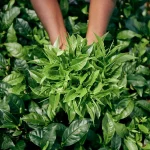This post contains affiliate links. If you buy something from one of our links we may earn a commission. Thanks
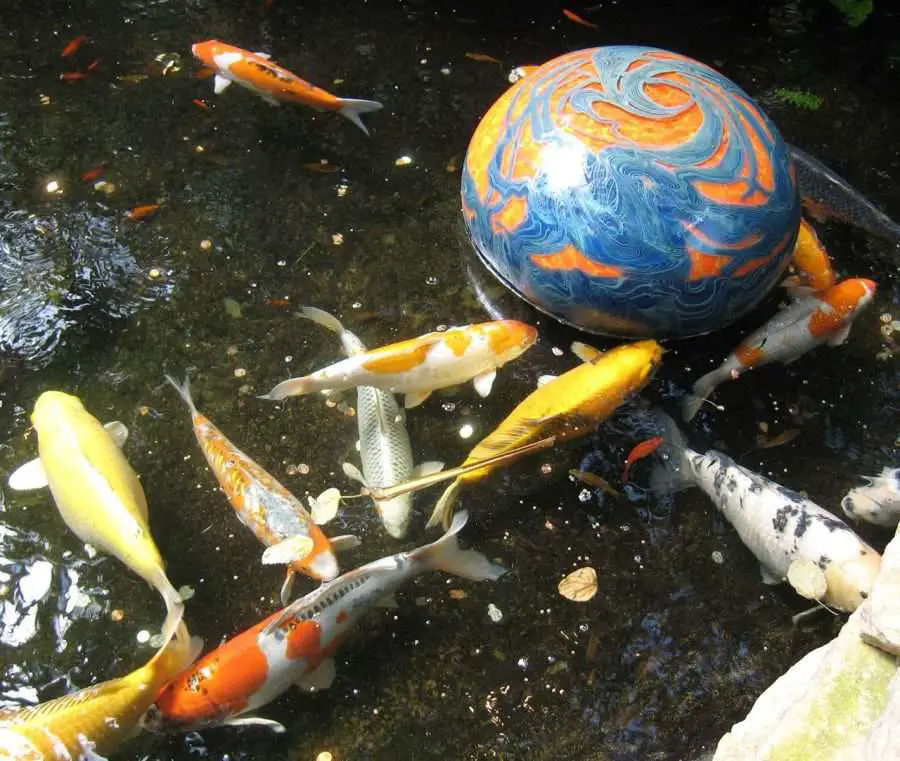
Ready to create a peaceful oasis in your backyard? Check out these 9 easy and basic tips for building Koi ponds! Learn everything you need to know.
Building a Koi pond requires careful planning and attention to detail. Key tips include ensuring the pond is at least 3-4 feet deep and holds a minimum of 1000 gallons of water per fish. Choose a location that offers some shade and is away from large trees. Equip the pond with essential items like biological filters, a reliable pump, and aeration systems to maintain water quality.
Who doesn’t love spending time by a serene and tranquil Koi pond? Building Koi ponds can be a great way to enhance the beauty of your backyard and create a relaxing space to unwind.
But, where do you start? Don’t worry!
With these easy and basic tips, you can build a stunning Koi pond that you and your family can enjoy for years to come. Let’s dive into the world of Building Koi Ponds!
Building Koi Ponds Easy And Basic Tips
Building koi ponds is a rewarding experience for any fish enthusiast, but it requires more than just digging a hole and filling it with water.
Koi, like many other pets, need an environment that is safe and healthy for them to live in.
In this post, we will cover the basics of building a koi pond, including size, shape, location, and equipment needed.
Whether you’re a beginner or an experienced koi keeper, this guide will provide valuable information to ensure your koi thrive.
Building Koi Ponds – The Basics
The secrets to having a successful koi fishpond are proper attention to water quality and starting off with healthy fish.
Primarily you need to determine how you will meet these requirements before building a koi pond or adding fish.
Koi Pond Size
How big should it be? The pond where koi will live must be big because koi get large.
A standard pond for this kind of fish should hold not less than 1000 gallons of water per fish and must be at least 3 feet deep.
What Shape Should It Be?
Your decision on the shape and the size of ponds for the koi will basically depend on your preference but irregular shapes will be harder to maintain and keep clean.
What Is The Best Location For Your Koi Pond?
The pond should be built in as ideal a location as possible. You may want to have a pond in an area where you could easily see the fish as often as you want.
You should also consider the accessibility of the pond as you will be spending frequent visits to the area to feed the fish.
You can also consider building a small pond indoors.
You should consider that if a koi pond is exposed to sunlight for more than a few hours every day it is likely to have too high a water temperature for koi.
The best time for sun will be in the morning. You can use a trellis, pergola or greenhouse shade cloth if natural shade is not available during the warmest part of the day.
Your outdoor pond should be built away from large trees to prevent the pond from being damaged by their growing roots.
Placing a net above the pond can also provide protection against falling debris from the trees.
Indoor And Outdoor Ponds
One interesting concept is building a koi pond that is partially outside and partially indoors.
You may enjoy giving your koi both an indoor and outdoor pond but creating one should be properly conceptualized in terms of safety, accessibility, and ideal environment.
It goes without saying this is the most expensive type of pond to build but you can enjoy and feed your koi without even leaving the house.
Choose The Right Pond Liner
When building the pond, you will need a pond liner. Don’t try to use swimming pool liners as they are treated with chemicals that can harm koi.
Also avoid PVC liners, a butyl rubber liner is recommended because of its strength, long life, and resistance to punctures.
Concrete can also be used to build a pond although it is more expensive.
Koi Pond Construction Tips
Make sure to construct a pond with vertical walls to help deter predators like raccoons and herons.
You could also consider creating a higher wall around the pond especially if young children are present.
Koi Pond Equipment
Koi pond equipment that you will need will include biological filters, aeration, and a reliable pond pump.
The filtration system is extremely important because koi require high water quality to stay healthy.
It will be responsible for cleaning the water from waste products and the poisonous substances that can produce water contamination.
Likewise, the pump is essential because it moves water to the filters and prevents stagnation. As the water warms it holds less oxygen so a venturi or other aerator will be needed.
These are the basic items needed for building koi ponds, but you may also want to add a waterfall which is not only decorative but helps further aerate the water.
Here is a helpful article about building a pond.
FAQ
Q: How big should a koi pond be?
A: A standard koi pond should hold at least 1000 gallons of water per fish and should be at least 3-4 feet deep to ensure that the koi have enough space to grow and thrive.
Q: What shape should a koi pond be?
A: The shape of the koi pond is mostly a matter of preference, but it’s important to note that irregular shapes can be harder to maintain and keep clean. Rectangular shapes are easier to maintain.
A footprint-shaped pond is a good compromise between a rectangular and an irregularly shaped pond.
Q: What is the best location for a koi pond?
A: The best location for a koi pond is one that is easily accessible and provides shade during the warmest part of the day.
Avoid building a pond in an area exposed to sunlight for more than a few hours every day, and also avoid building near large trees as their growing roots can damage the pond.
You could consider building a small indoor pond or a pond that is partially inside and outside.
Final Thoughts
Building a koi pond is a fun and rewarding experience, but it requires proper planning and attention to detail.
The size, shape, location, and equipment are all crucial factors that must be considered when building a koi pond.
By following the basic guidelines outlined in this post, you’ll be on your way to creating a healthy and safe environment for your koi to thrive.
Keep in mind that koi need a big pond, at least 3 feet deep, preferably 4 feet or more, and 1000 gallons of water per fish, a location that is ideal for sun exposure, and equipment such as biological filters, aeration, and a reliable pond pump to keep the water clean and healthy.
Keep in mind that it is a long-term commitment and upkeep is important. Happy pond building!
Read more: Water Gardening for Beginners: 11 Tips For Successful Water Gardens


